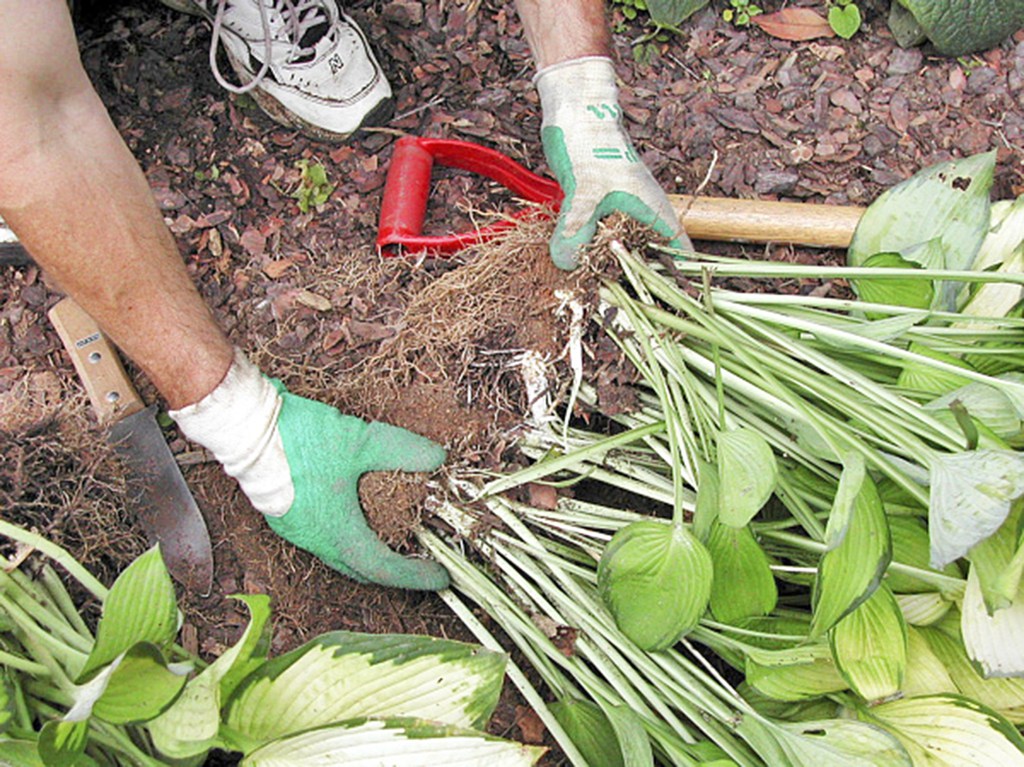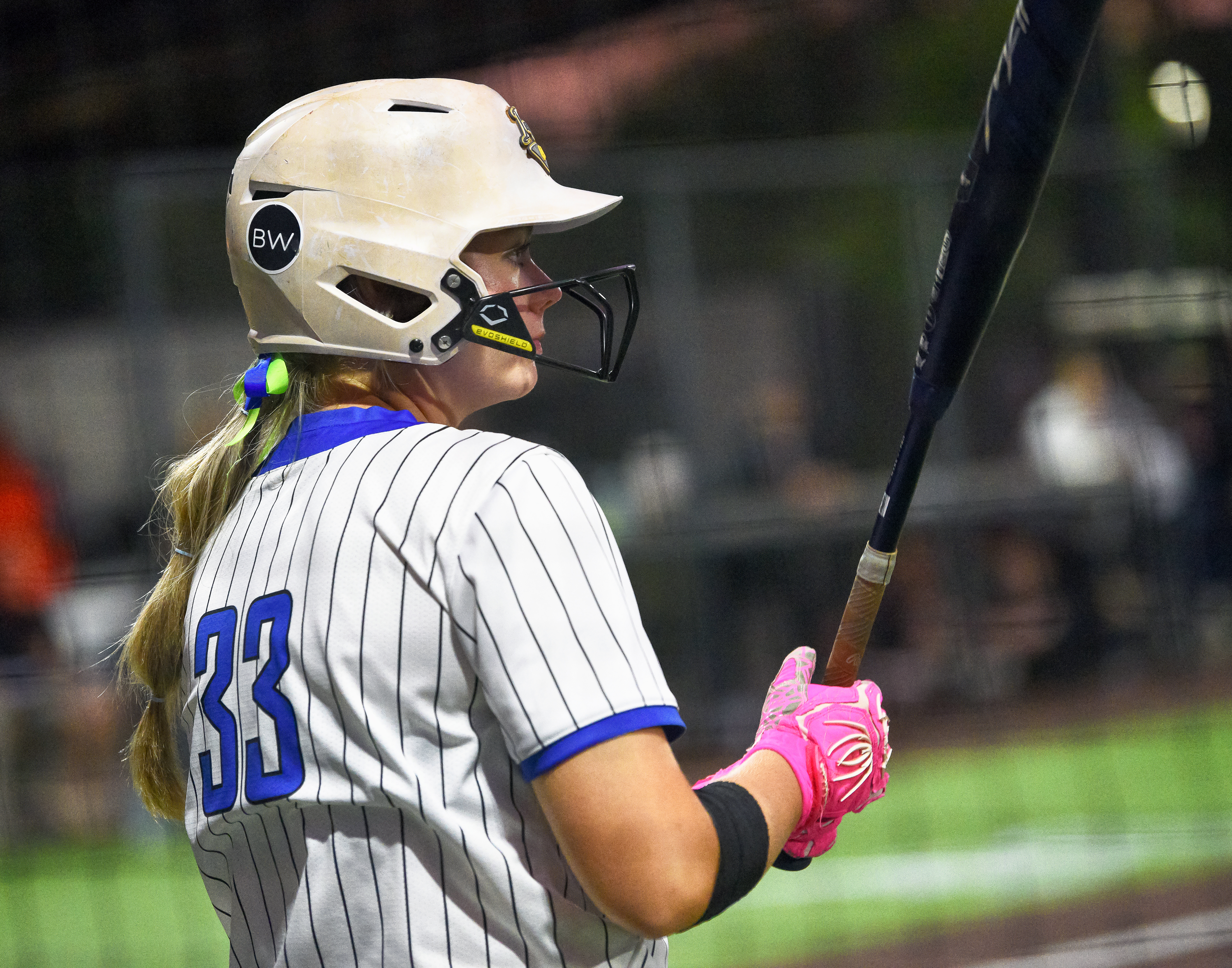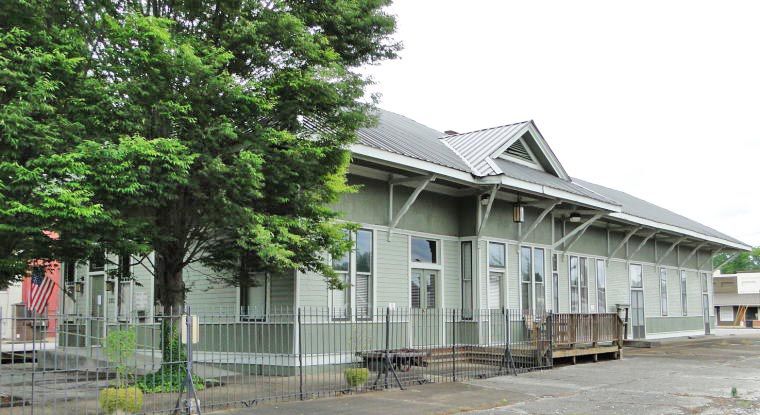ONE GARDENER TO ANOTHER: Dividing perennials in fall
Published 6:45 am Monday, October 1, 2018

- The best time to divide most spring and early summer flowering perennials is in the fall, at least six weeks before the first frost.
One of the things I like the most about gardening and belonging to a group of gardeners is swapping plants.
I have a large bank of daylilies that need to be divided. While they are all healthy, they are also starting to get overcrowded.
I don’t have another spot for them but one of my gardening buddies does, and she happens to have an abundance of bearded iris that I have just the place for in my garden.
Most perennials eventually become overcrowded and require division, generally every three to five years to keep them healthy. As perennials grow, they expand in size by producing new growth progressively away from the center of the crown. In some plants, the older center of the crown is no longer productive and dies.
When to divide
The best time to divide most spring and early summer flowering perennials is in the fall, at least six weeks before the first frost. The best time to divide late summer and fall flowering perennials is in the spring. Most perennials can, however, be divided any time except during long periods of hot and dry or freezing temperatures.
Always start with clean tools to avoid introducing disease. To divide perennials, dig out the entire clump with a shovel or garden fork. Knock off as much soil as possible so you can clearly see the roots and places where a natural division can be made. You may need to use water from the garden hose to really clean them so you can detect any insect or disease damage.
Cutting
Cut away any damaged or diseased portion of the roots and remove any weeds that are growing in the clump. Preferably, pull apart portions for replanting, but if you cannot pull them apart, cut off viable portions for replanting. Divisions should usually have three to five shoots or growing points. Smaller divisions may take a year or two to bloom again. Discard woody centers of clumps.
More root than shoot
The secret to success, according to the “American Horticultural Society Book of Plant Propagation,” is to “always have more root than shoot.” Cut away excess foliage until the plant is established. This will give the plant the ability to focus its energy on establishing the roots instead of promoting foliage growth.
While the plant is out of the ground, take the opportunity to amend the soil. If replanting in the same location, adding organic matter provides the new division with nutrients and also increases air and water flow. The area being dug can be watered both before digging, making that task easier, and again before replanting the divisions.
Never allow exposed roots to dry out. If you are unable to transplant divisions immediately, heel plants in. Heeling a plant in means to cover the plant up with a blanket of soil until you can plant them in their permanent location. This can be done directly in the ground or in a container filled with soil or peat.
The best time to divide plants is on a cloudy day, not only for your comfort but for the plant’s comfort. They recover much faster if the sun is not baking them while they try to re-establish. This will also keep the roots from drying out so fast. Consider putting a sun shade over divided (and replanted) plants for a day or two if the forecast calls for extreme hot and sunny weather.
So, get digging and share or trade your divisions with a friend. Until next week, happy gardening.
— Irland, a member of the Limestone County Master Gardeners, can be reached at kippirland@hotmail.com. For more information on the Limestone County Master Gardeners, visit http://mg.aces.edu/limestone.





